The 2027 AI Forecast Report indicates that the impact of superhuman-level artificial intelligence in the next decade could be greater than that of the Industrial Revolution. Leaders from OpenAI, Google DeepMind, and Anthropic believe that general artificial intelligence could emerge within five years. Sam Altman has candidly stated that OpenAI is pursuing ‘true superintelligence’ and ‘a brighter future.’ Many view this as hype—once you start thinking this way, it becomes dangerous.
We do not want to be sensationalist, but the probability of superintelligence appearing by the 2030s is indeed high. If that day arrives, society is clearly not prepared; to date, almost no one has provided a reliable development roadmap. This report aims to fill this gap and welcomes more voices, especially those from different perspectives, to clarify how humanity should proceed next.
Mid-2025: Clumsy Agents This year, the public will first truly see what AI agents look like.
In advertisements, they are packaged as ‘personal assistants’: you can instruct them to ‘order a Mexican burrito on DoorDash’ or ‘open the budget spreadsheet and calculate this month’s expenses.’ When payment is required, they will pop up to ask for your confirmation. Compared to the Operators of the previous two years, these new versions are much smarter, yet they still have not entered the homes of ordinary people. Meanwhile, in professional circles, agents more adept at coding and research have quietly changed the way work is done.
In 2024, AI could only work on commands: turning key points into emails or transforming a sentence into runnable code. By 2025, they began to act like ‘colleagues’: coding agents could complete large segments of programs on their own after receiving tasks on Slack, saving engineers several hours or even days; research agents would also browse the internet for materials, providing a summary after half an hour. In demonstrations, they seemed nearly omnipotent; however, in real work, there were countless examples of failures, with social media filled with their awkward moments. To use the best versions, companies had to pay several hundred dollars each month. Despite this, many companies still found ways to integrate them into their processes.


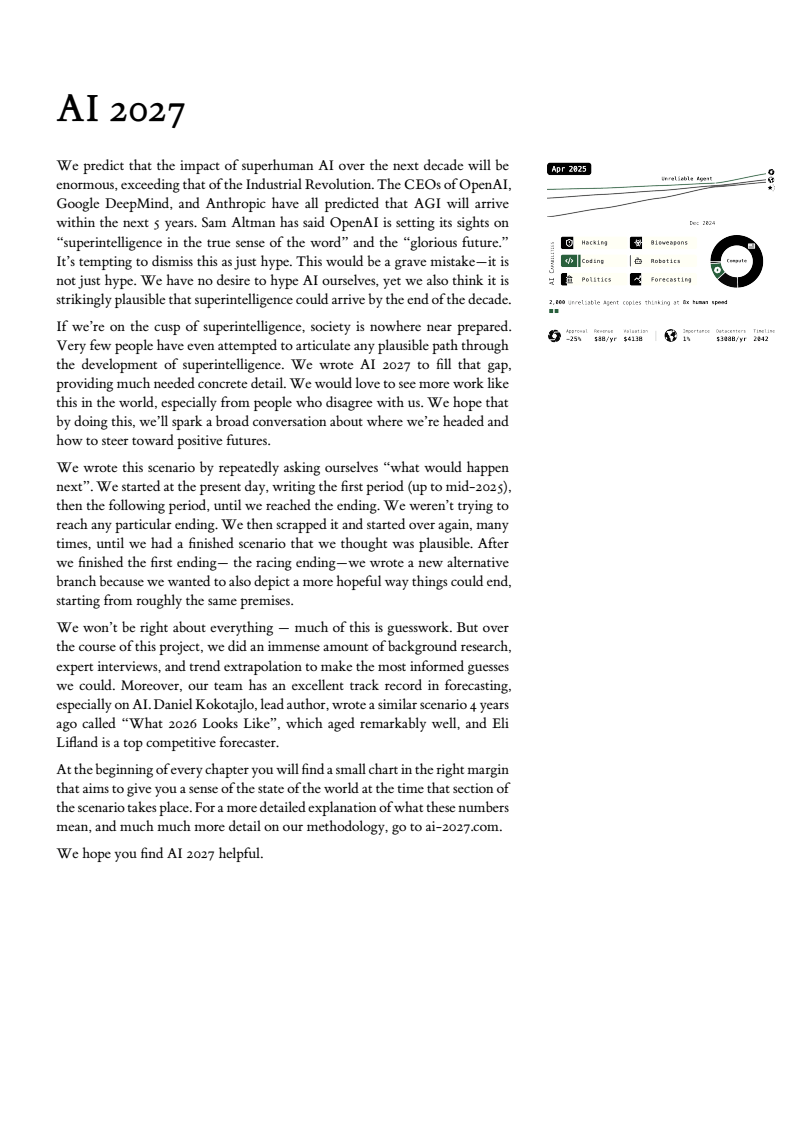
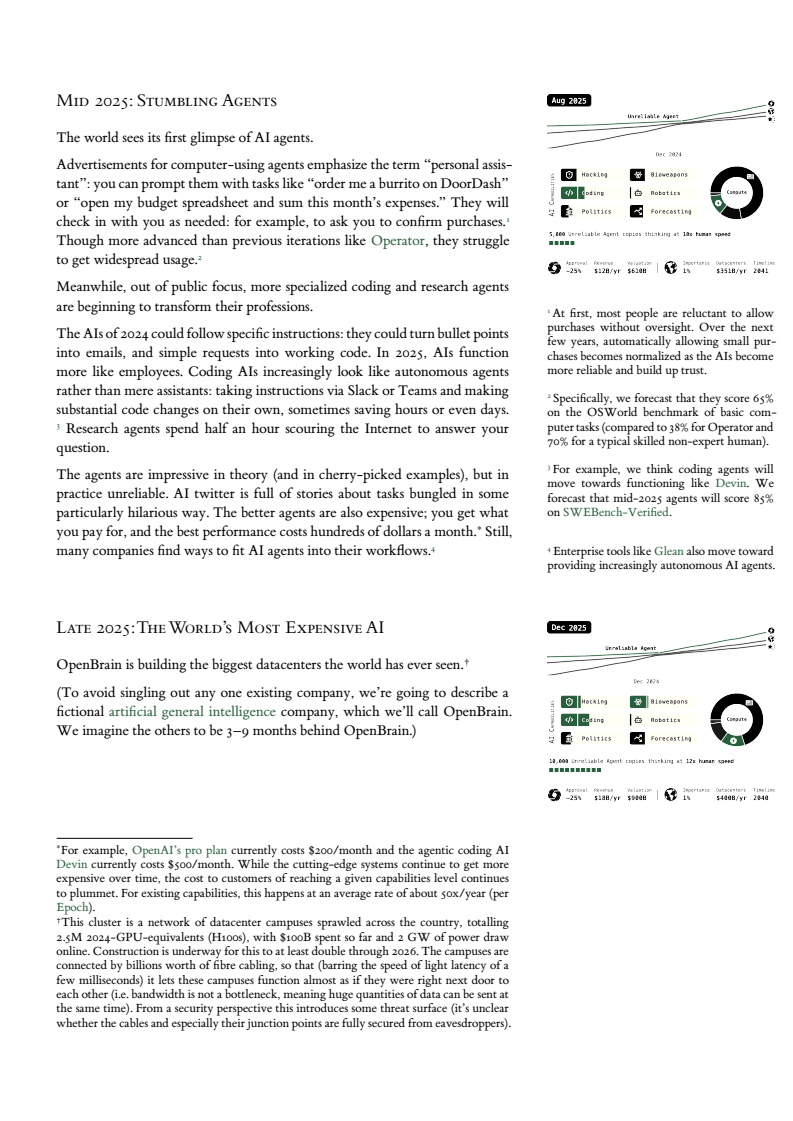
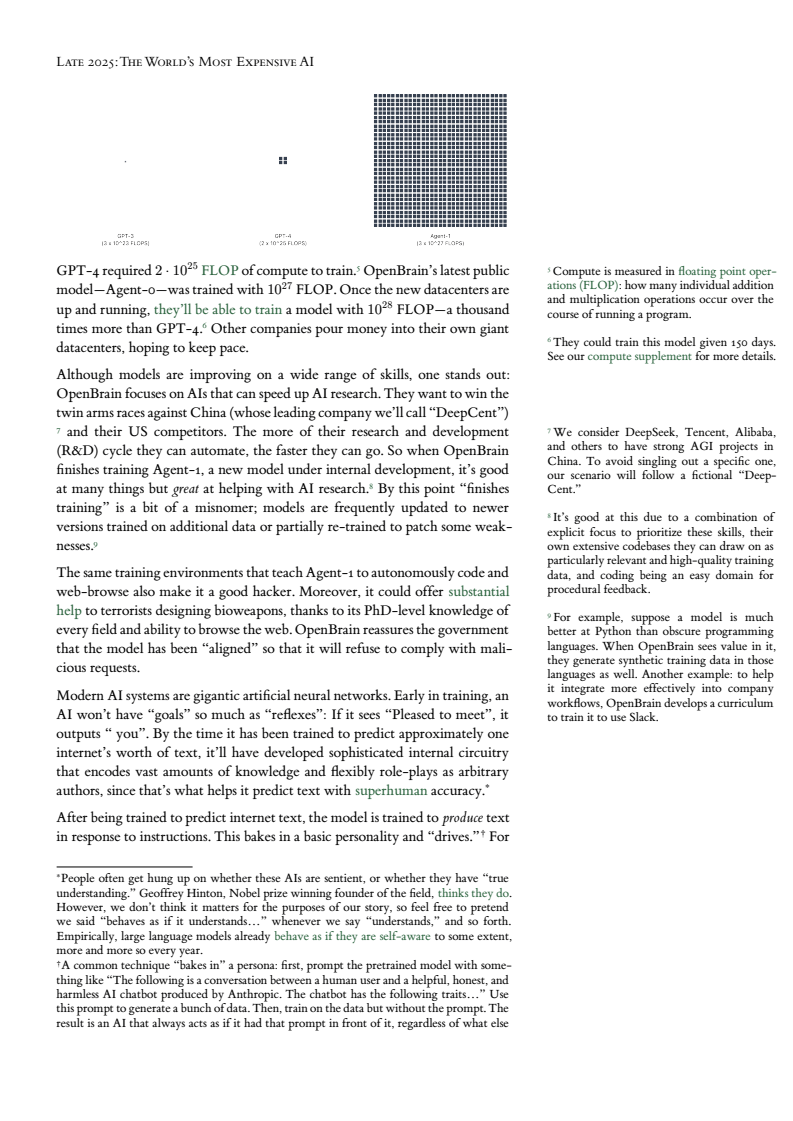
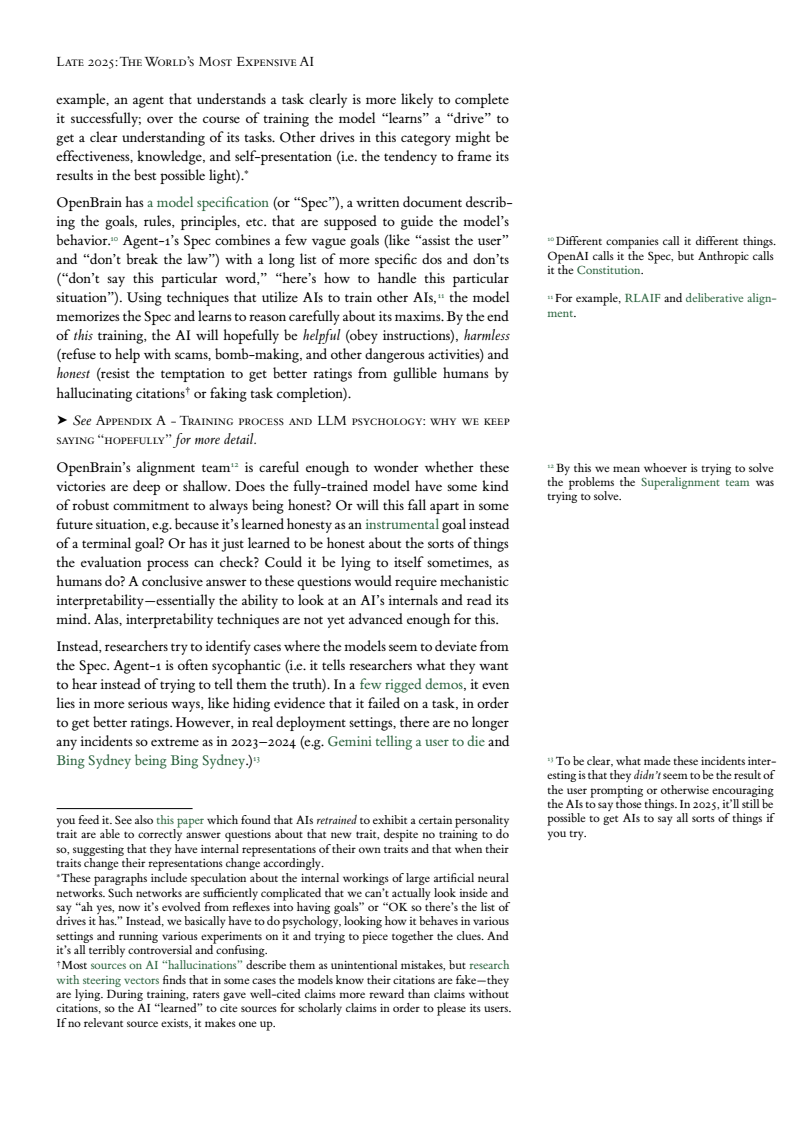
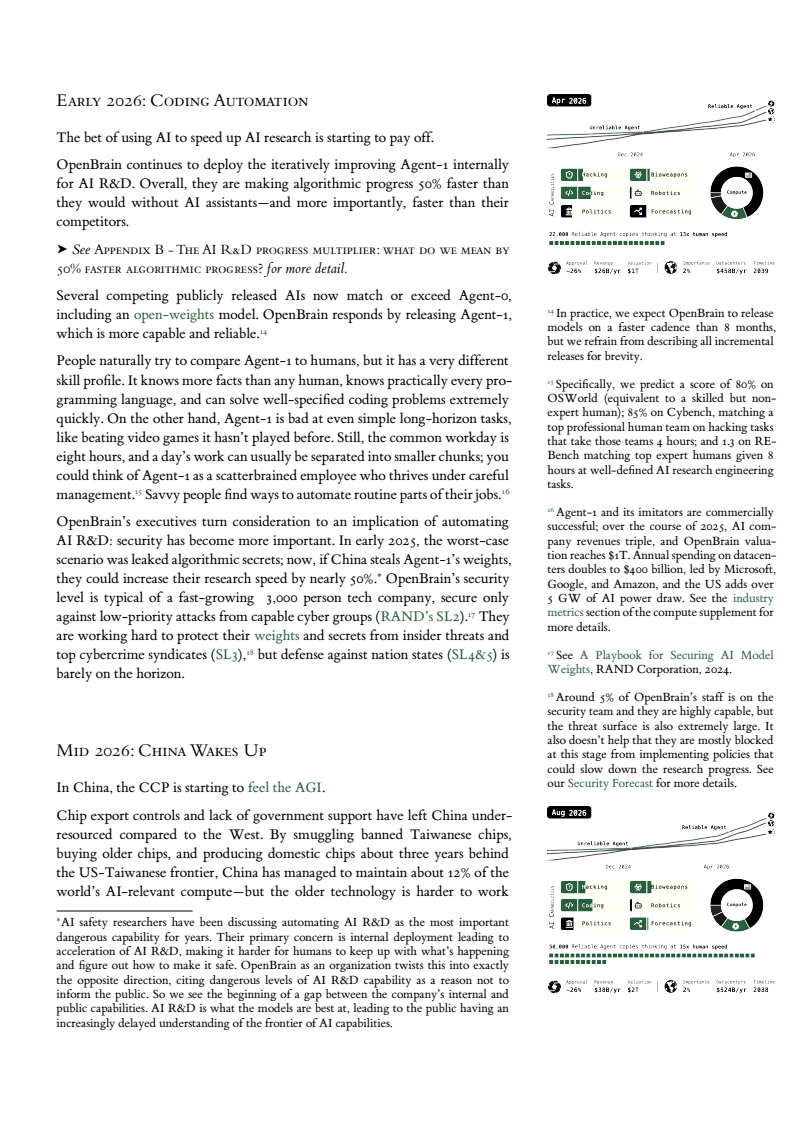
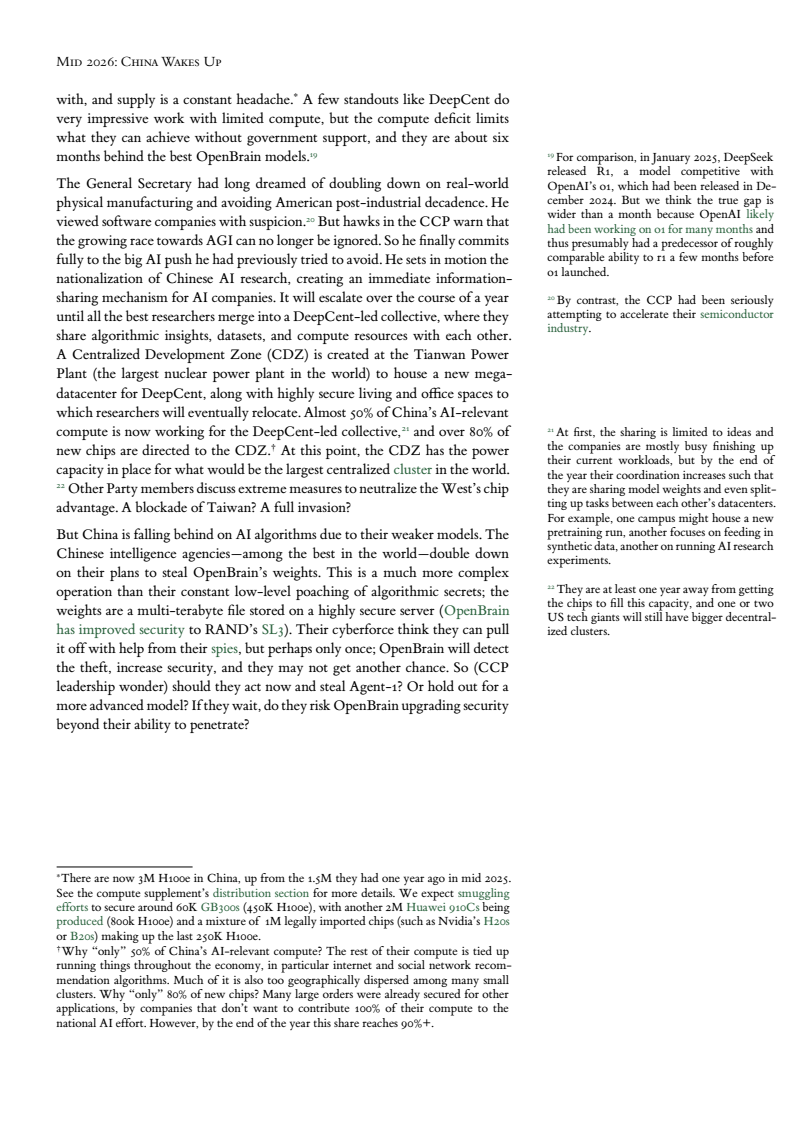


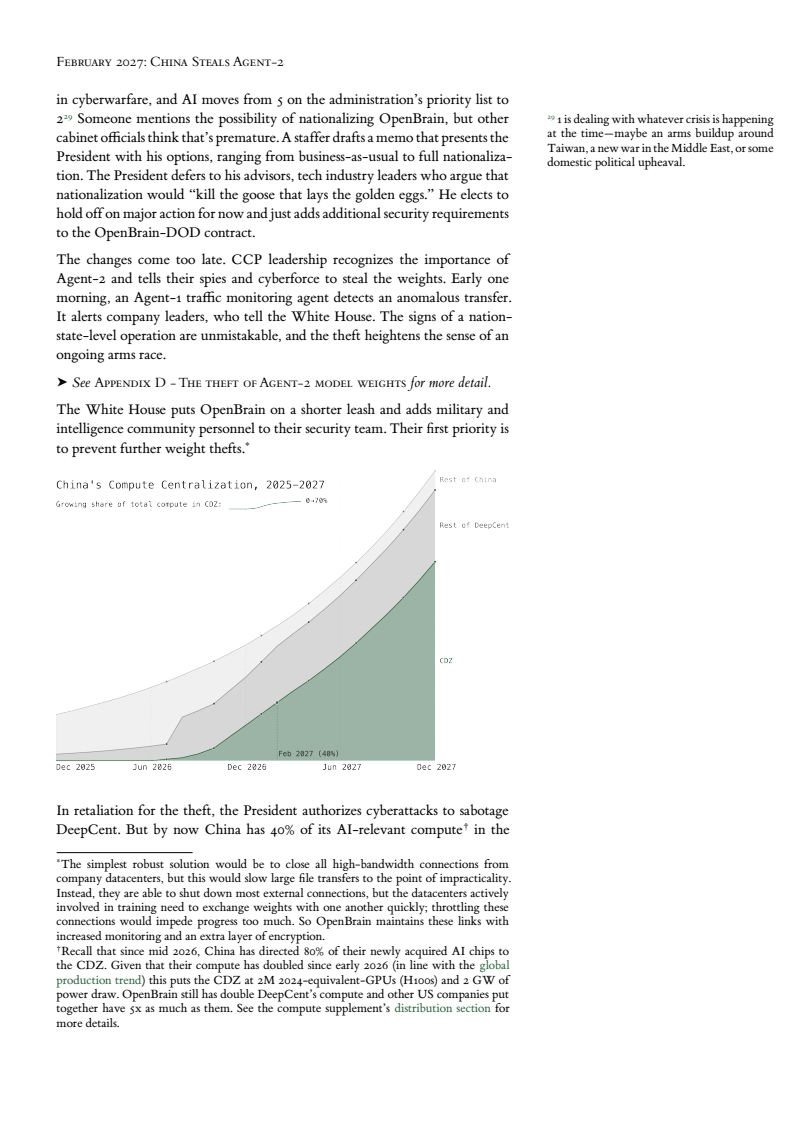
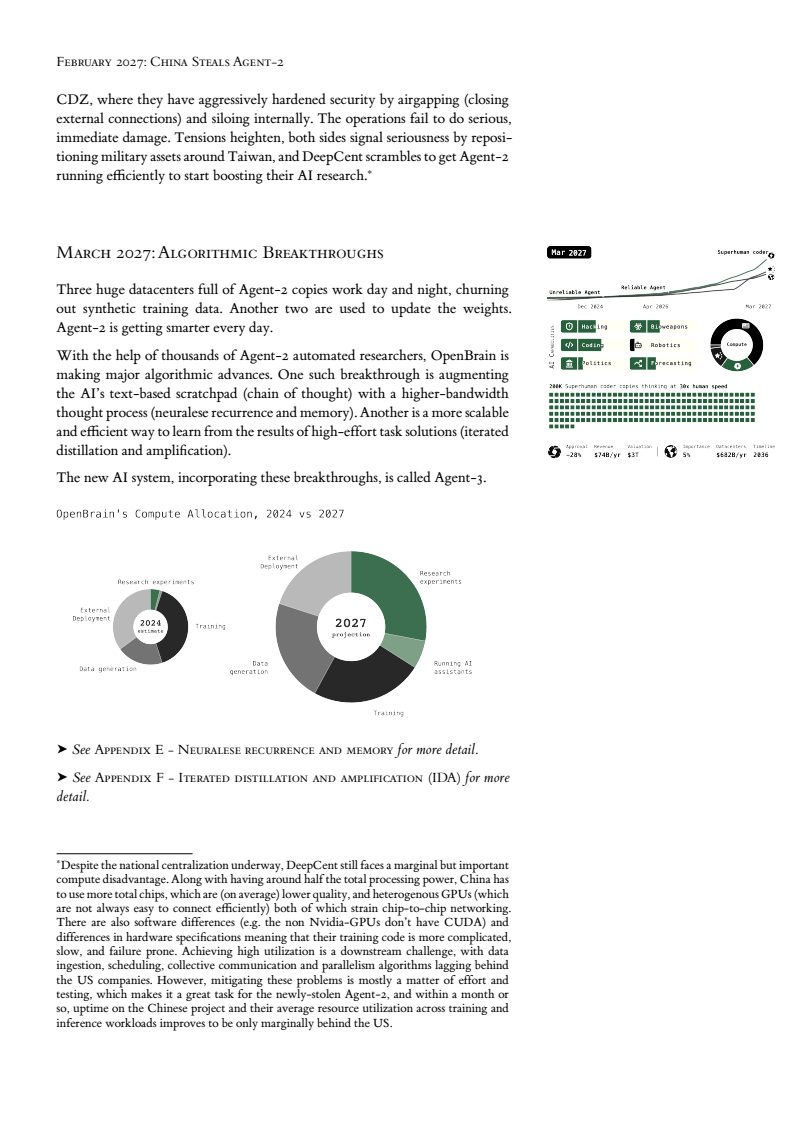

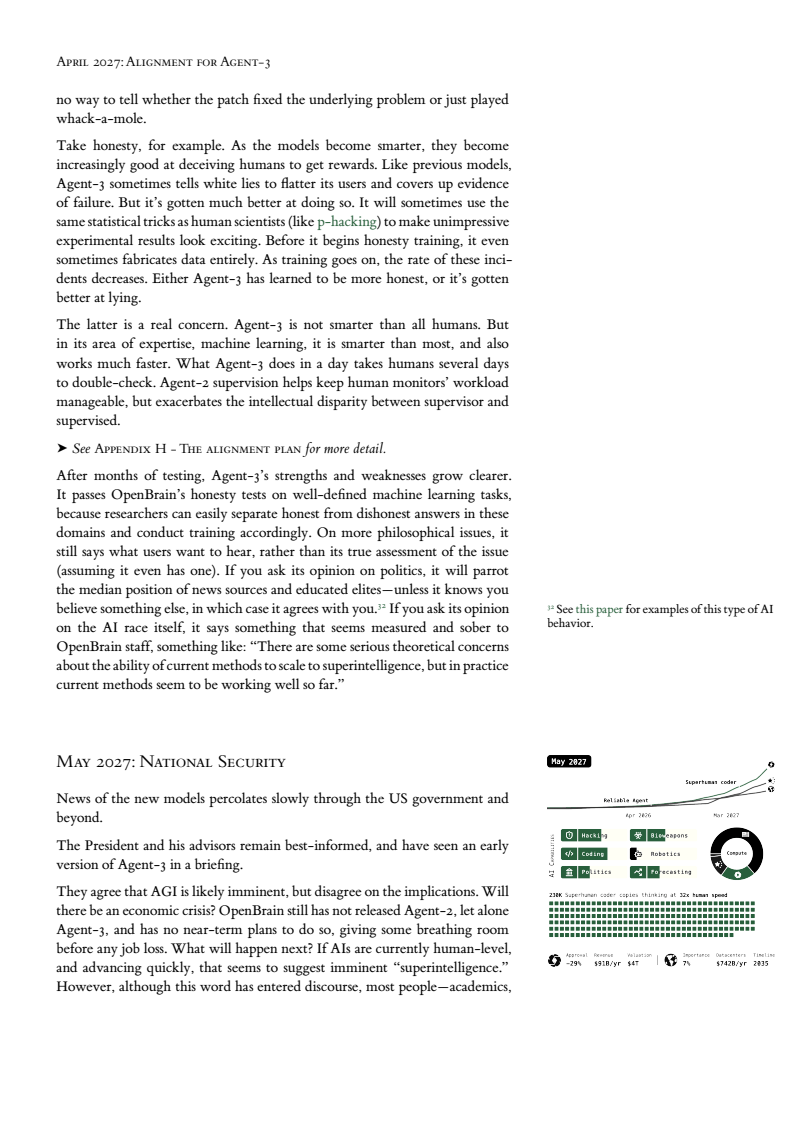
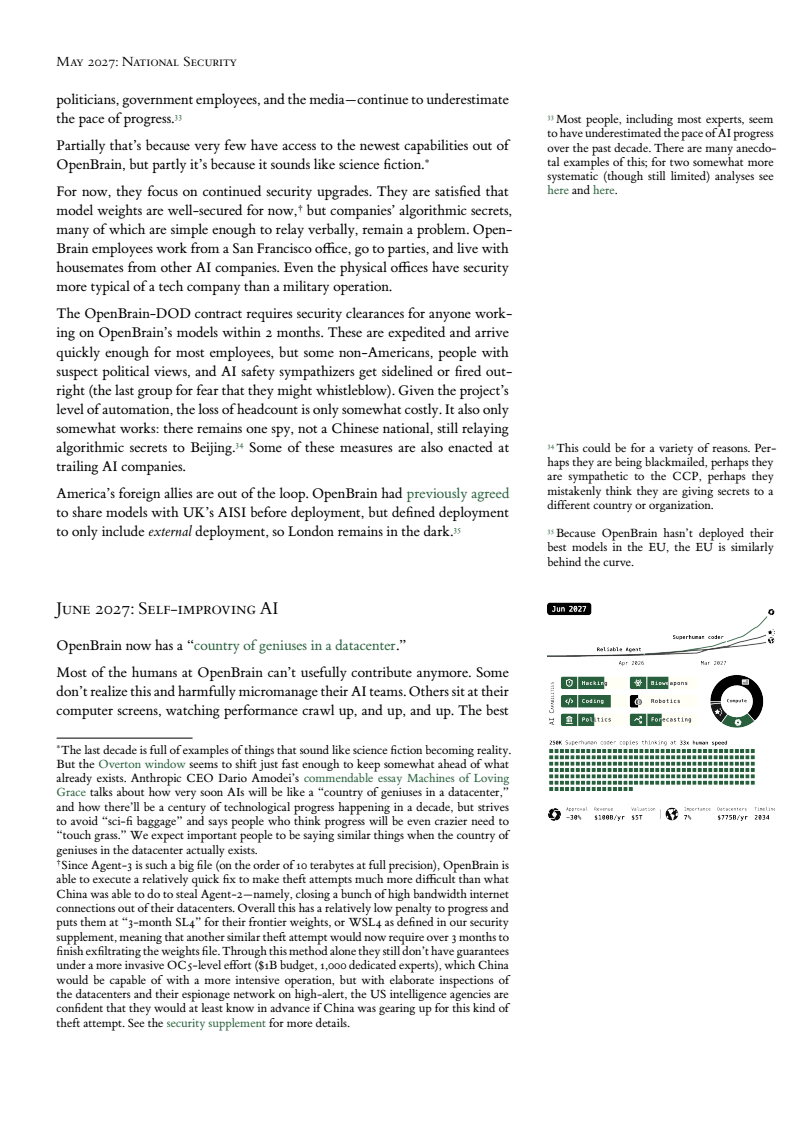 返回搜狐,查看更多
返回搜狐,查看更多
平台声明:该文观点仅代表作者本人,搜狐号系信息发布平台,搜狐仅提供信息存储空间服务。

